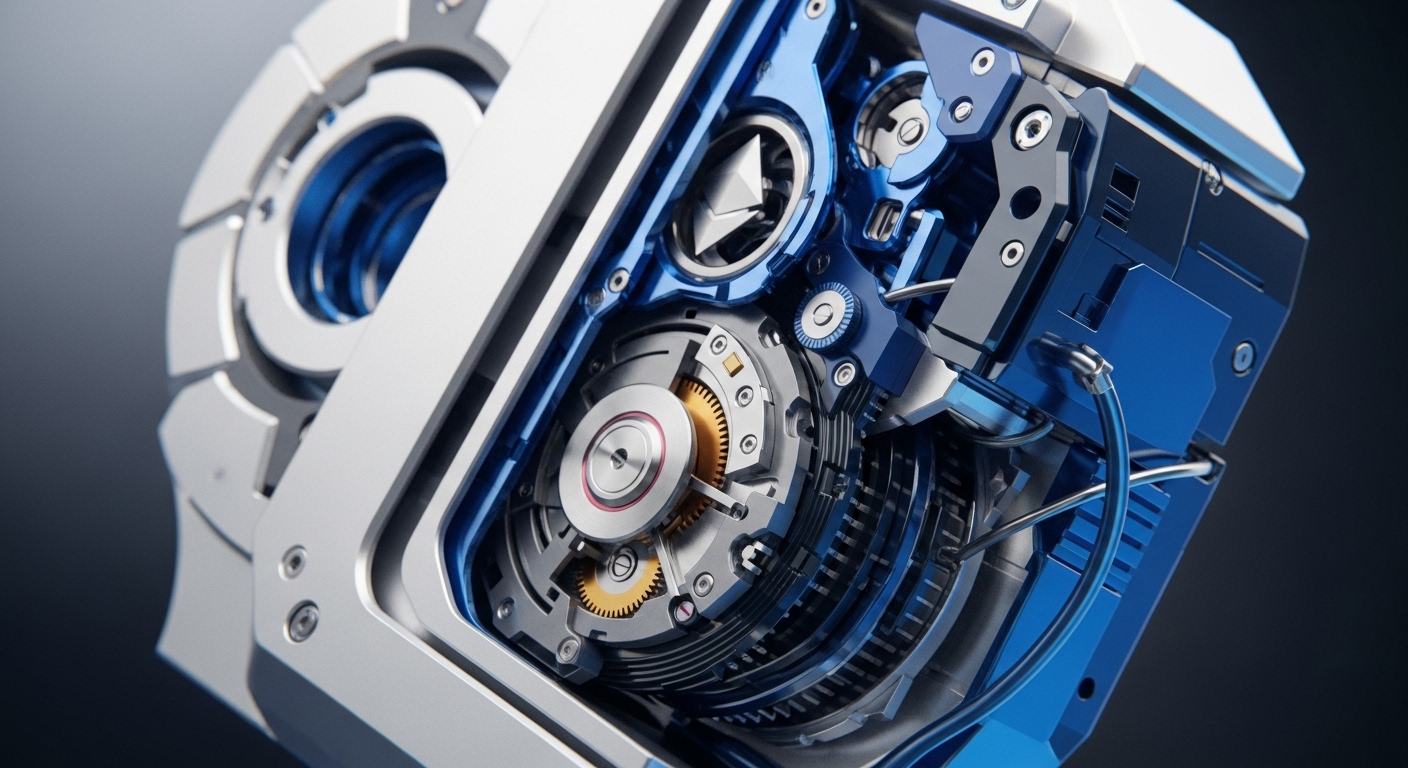
Briefing
Mitosis Protocol’s mainnet launch successfully introduced a new cross-chain liquidity primitive, immediately addressing the critical capital fragmentation issue across the multi-EVM landscape. The protocol’s core innovation is the miAsset standard, which represents deposits from any supported chain as a unified, composable asset on the destination chain, significantly reducing the friction and cost associated with traditional bridging. This architectural shift fundamentally alters the capital flow dynamics for dApps, providing deep, shared liquidity without the security risks of asset-wrapping bridges. The rapid market validation of this design is quantified by the protocol’s Total Value Locked (TVL) surpassing $50 million within 48 hours of launch.

Context
The dApp landscape previously struggled with two major, interconnected problems → fragmented liquidity and poor cross-chain user experience. Users holding assets on different Layer 2s faced high fees, long settlement times, and significant security risks when attempting to consolidate capital for a single DeFi activity. This friction point created isolated pools of capital, preventing dApps from achieving deep, unified liquidity and forcing protocols to compete for the same capital on a chain-by-chain basis. The prevailing solution of locking assets in a bridge and minting a wrapped token introduced complexity and concentrated counterparty risk.

Analysis
The Mitosis architecture alters the application layer system by shifting the paradigm from asset transfer to asset representation. The miAsset system functions as a standardized, internal token that abstracts the underlying chain-specific asset, allowing it to be used natively on any supported chain. This design fundamentally changes the user incentive structure through the Ecological Self-Owned Liquidity (EOL) mechanism. EOL moves away from the inflationary “mine and dump” model by having the protocol itself own and manage the majority of its liquidity, with generated profits recycled to benefit long-term holders.
This creates a more sustainable flywheel effect → unified liquidity attracts more dApps, which increases utility for miAssets , which drives protocol revenue, ultimately strengthening the protocol’s self-owned liquidity base. Competing protocols relying on simple asset-wrapping or traditional liquidity mining face a structural disadvantage against this capital-efficient, revenue-generating liquidity model.

Parameters
- Initial TVL Traction → $50 million (Total Value Locked surpassed in the first 48 hours, validating immediate product-market fit for unified liquidity).
- Core Primitive → miAssets (Standardized, composable token representing underlying assets from any supported chain).
- Key Mechanism → Ecological Self-Owned Liquidity (EOL) (Protocol-owned liquidity model that recycles revenue for sustainable growth).
- Latency Reduction → ~30 minutes to <1 minute (Reduction in cross-chain settlement time compared to traditional bridging).

Outlook
The immediate roadmap involves integrating additional Layer 1 and Layer 2 ecosystems, such as Solana and Avalanche, to expand the reach of the miAsset standard. The true strategic value of this launch lies in its potential to become a foundational building block. The standardized miAsset is an ideal primitive for other dApps, enabling them to instantly access deep, cross-chain liquidity by natively supporting the token. Competitors will attempt to fork the EOL mechanism, but the network effect created by early liquidity and the growing composability with partner protocols will establish a significant competitive moat.

Verdict
The Mitosis mainnet establishes a new, capital-efficient cross-chain liquidity primitive, structurally redefining how DeFi protocols should approach shared capital pools and sustainable growth.
